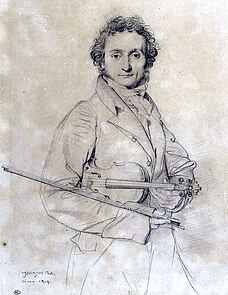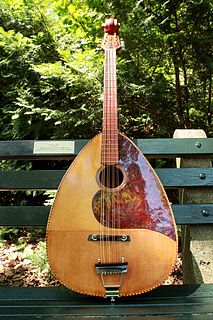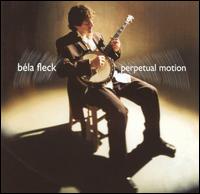| Midnight on the Water | ||||
|---|---|---|---|---|
 | ||||
| Studio album by Mark O'Connor | ||||
| Released | 1998 | |||
| Recorded | 1996 | |||
| Genre | Classical/Bluegrass | |||
| Length | 69:43 | |||
| Label | Sony Classical | |||
| Producer | Mark O'Connor | |||
| Mark O'Connor chronology | ||||
| ||||
| Professional ratings | |
|---|---|
| Review scores | |
| Source | Rating |
| Allmusic | |
Midnight on the Water is a solo classical/bluegrass album by Mark O'Connor. In it are six of his original caprices and four improvisations, as well as his arrangements of some traditional folk works.
Bluegrass music is a genre of American roots music that developed in the 1940s in the United States Appalachian region. The genre derives its name from the band Bill Monroe and the Blue Grass Boys. Bluegrass has roots in traditional English, Irish, and Scottish ballads and dance tunes, and by traditional African-American blues and jazz. The Blue Grass Boys played a Mountain Music style that Bill learned in Asheville, North Carolina from bands like Wade Mainer's and other popular acts on radio station WWNC. It was further developed by musicians who played with him, including 5-string banjo player Earl Scruggs and guitarist Lester Flatt. Bluegrass pioneer Bill Monroe characterized the genre as: "Scottish bagpipes and ole-time fiddlin'. It's Methodist and Holiness and Baptist. It's blues and jazz, and it has a high lonesome sound."

Mark O'Connor is an American violinist whose music combines bluegrass, country, jazz and classical music.
Contents
The caprices are loosely based on Paganini's 24 Caprices for Solo Violin. They are in much the same spirit of technical difficulty - Mark O'Connor's word was that "This album easily represents my best playing on a recording." They contain many references to Paganini's Caprices, and draw upon O'Connor's repertoire of classic Texas fiddle motifs. In this, they represent a sort of bluegrass/classical virtuoso crossover, and a dedication to Paganini.

NiccolòPaganini was an Italian violinist, violist, guitarist, and composer. He was the most celebrated violin virtuoso of his time, and left his mark as one of the pillars of modern violin technique. His 24 Caprices for Solo Violin Op. 1 are among the best known of his compositions, and have served as an inspiration for many prominent composers.

The 24 Caprices for Solo Violin were written in groups by Niccolò Paganini between 1802 and 1817. They are also designated as M.S. 25 in Maria Rosa Moretti's and Anna Sorrento's Catalogo tematico delle musiche di Niccolò Paganini which was published in 1982. The Caprices are in the form of études, with each number exploring different skills
Midnight on the Water, the first part of the album's Track 17 medley, is a tune that Mark O'Connor's Texas mentor, Benny Thomasson, attributed to his father and uncle. It is somewhat of a dedication to Thomasson.
Benny Thomasson was an American fiddler in the Texas style of fiddling.













